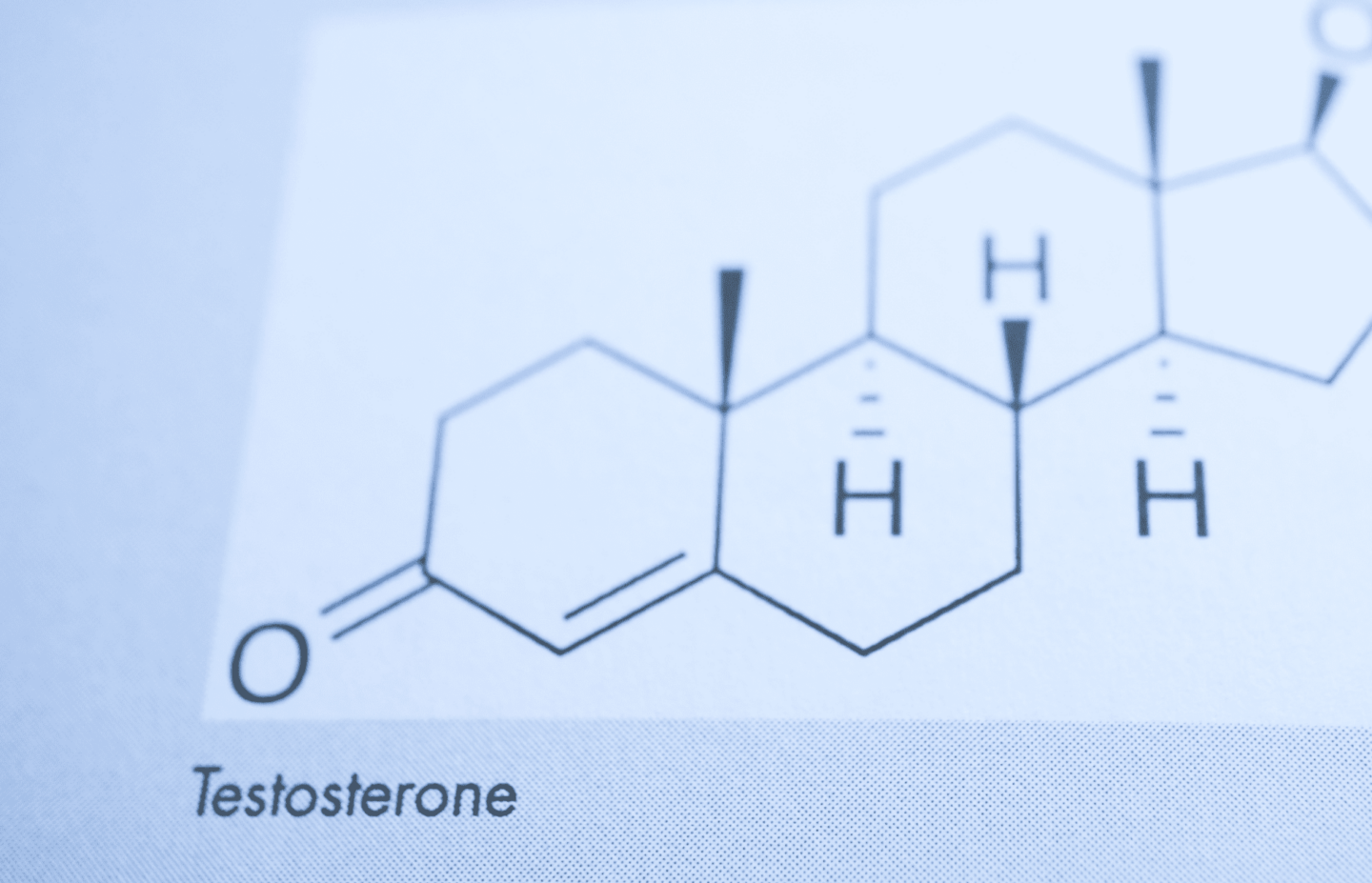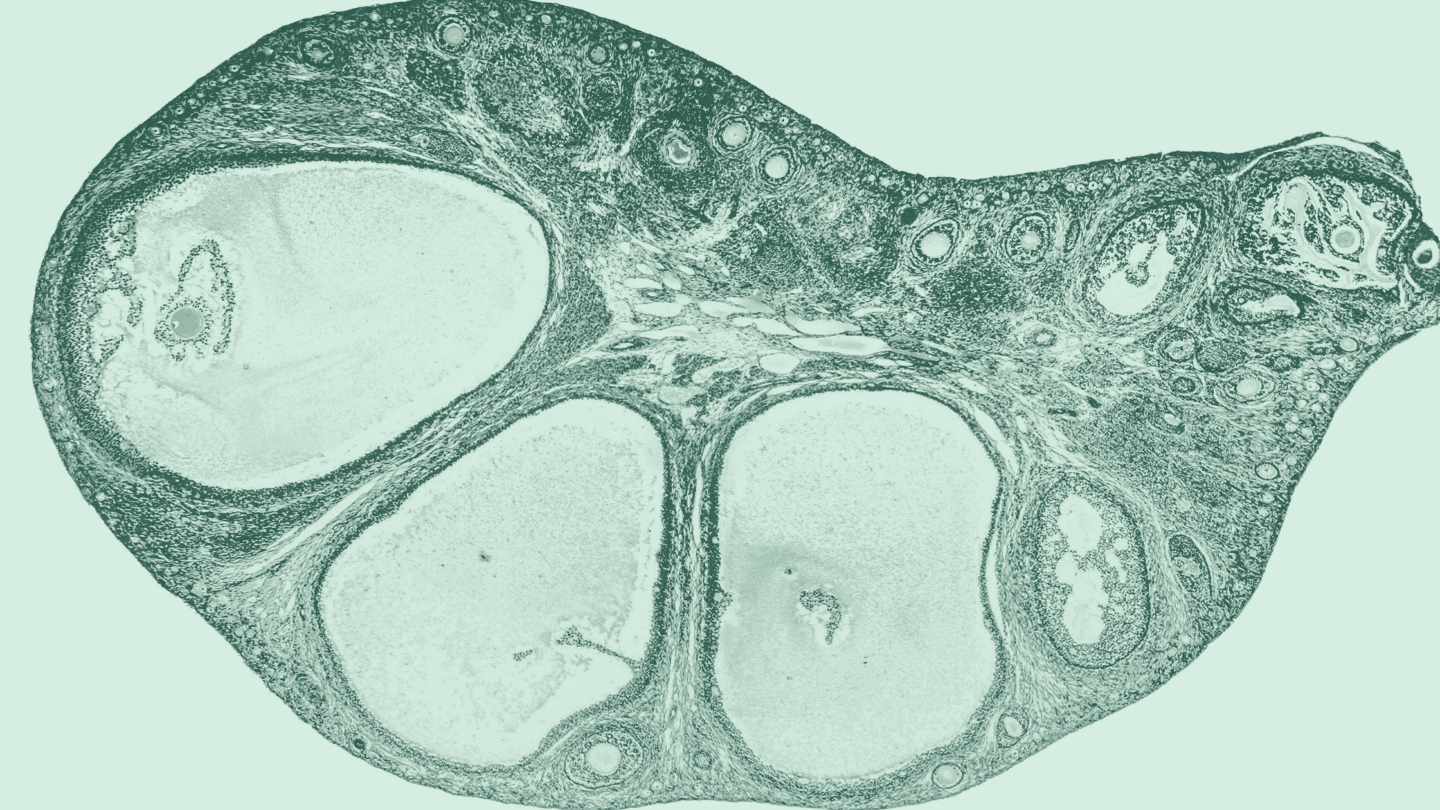Do women have ?
What pops into your head when you hear the word testosterone? Perhaps images of burly guys at the gym, or two dudes about to get into a fight. Muscles, aggression, and other traditionally masculine characteristics are often associated with .
In fact, you’ve probably heard referred to as the “male .” But it’s not exclusive to just one biological sex – everyone needs this to function!
It’s totally healthy and normal for people of every sex and gender to produce . Without it, many systems in your brain and body wouldn’t work properly. And just because you have doesn’t necessarily mean you have supposedly “masculine” physical traits or behaviors.
Anyone can experience frustrating side effects as a result of high or low . There are a lot of misconceptions about this and what it does – here are the facts you need to know.
What is , and why do we need it?
In scientific terms, is an . Androgens are a type of known to regulate the reproductive system, such as sperm production and .1-2 In people assigned male at birth (AMAB), s play a huge role in initiating puberty, and contribute to common changes like deepening of the voice and growth of facial and pubic hair during that time.3
That’s partially where gets its reputation. Many of the visibly masculine characteristics that develop in AMAB people are linked to the . AMAB people also have a lot more on average, compared to people assigned female at birth (AFAB).
Testosterone is produced by the testes or .2 And it’s responsible for keeping other parts of the body healthy in addition to the reproductive system. Strong bones, healthy skin, muscle growth, and even emotional regulation are all linked to normal levels in AMAB people.1
“ is essential for ovarian function, , and other aspects of reproductive health.”
Testosterone is present at much lower levels in AFAB people. But it’s essential for ovarian function, , and other aspects of reproductive health. Limited research also shows that it supports cardiovascular and musculoskeletal health, as well as cognitive function.4
One important caveat: The vast majority of research on the impacts of sex hormones on human bodies has been done on cisgender men and women. Additionally, science has historically been more focused on the role of in male than female bodies.5 This means current studies likely don’t capture its full range of effects in everyone. But we do know that AFAB people can have too much or too little , and experience common side effects as a result.
How much is normal for women?
Though it’s normal for everyone to have , healthy amounts vary depending on your sex assigned at birth. If you’re transgender and taking hormone therapy, your doctor will typically aim to alter your level to the normal amounts for cisgender men or women.6
Your levels can be measured via a blood test. For women, typical levels range from 15 to 70 nanograms per deciliter (ng/dL), which is a standard measurement you’d see on a blood test. In men, that number is a lot higher – 300 to 1,000 ng/dL.
Oftentimes people will get their levels checked if they or a doctor notice certain symptoms. In women, symptoms of high include:
- Excess body hair
- Enlarged clitoris
- Decreased breast size
- Acne and oily skin
- Deepening of the voice
- Missing or irregular periods
- Hair loss or thinning
While imbalances can indicate greater issues in the body such as thyroid conditions or cancer, it’s not always a bad sign.
As you age, your levels will gradually decline, regardless of your sex or gender.7-8 Menopausal women often experience low , which can cause them to lose interest in sex or see a decrease in . replacement therapy can help relieve these symptoms in some cases.9
And it’s not just that declines as you get older. and – often mistakenly called “female” hormones – also drop gradually with age for everyone.
Is adyn right for you? Take the quiz.
“Female” sex hormones in men
Just like , there are many misconceptions about the role that and play in the body. Though both hormones are typically associated with what are traditionally considered biologically feminine characteristics, they play essential roles in all bodies.
Sperm production is made possible by .
Estradiol, the most common form of , is important for regulating a variety of functions in people with testes. Sperm production, for example, is made possible by .10 It’s not just estrogen doing the work here, but it keeps things running smoothly in concert with other hormones.
Estrogen receptors in the brain also help kickstart your sex drive, though too much or too little of the can cause side effects. Erectile dysfunction is a common experience for people with high who have penises, for example.10
And , which regulates processes like ovulation and pregnancy, also plays an essential role in bodies that don’t have uteruses.11 is actually a precursor to – meaning that it’s needed to make the , even in men.12
Though they’re often gendered in popular culture, the hormones , , and aren’t exclusive to just one group of people. There’s no such thing as “male” or “female” hormones, even though your levels of each will vary depending on your sex.
-
- Li, Jin, and Farook Al-Azzawi. “Mechanism of androgen receptor action.” Maturitas 63.2 (2009): 142-148.
- Harvard Health. “Testosterone — What It Does And Doesn’t Do.” Health.Harvard.edu (2019 Aug 29).
- Britannica. “Androgen.” Britannica.com (2013 Jan 24).
- Davis, Susan R., and Sarah Wahlin-Jacobsen. “Testosterone in women—the clinical significance.” The Lancet Diabetes & Endocrinology 3.12 (2015): 980-992.
- Van Anders, Sari M., Jeffrey Steiger, and Katherine L. Goldey. “Effects of gendered behavior on testosterone in women and men.” Proceedings of the National Academy of Sciences 112.45 (2015): 13805-13810.
- Gardner, Ivy H., and Joshua D. Safer. “Progress on the road to better medical care for transgender patients.” Current Opinion in Endocrinology, Diabetes and Obesity 20.6 (2013): 553-558.
- Stanworth, Roger D., and T. Hugh Jones. “Testosterone for the aging male; current evidence and recommended practice.” Clinical Interventions in Aging 3.1 (2008): 25-44.
- Horstman, Astrid M., et al. “The role of androgens and estrogens on healthy aging and longevity.” Journals of Gerontology Series A: Biomedical Sciences and Medical Sciences 67.11 (2012): 1140-1152.
- Davis, Susan R., and Jane Tran. “Testosterone influences libido and well being in women.” Trends in Endocrinology & Metabolism 12.1 (2001): 33-37.
- Schulster, Michael, Aaron M. Bernie, and Ranjith Ramasamy. “The role of estradiol in male reproductive function.” Asian Journal of Andrology 18.3 (2016): 435.
- Britannica. “Progesterone.” Britannica.com (2023 Jan 11).
- Andersen, Monica Levy, and Sergio Tufik. “Does male sexual behavior require progesterone?” Brain Research Reviews 51.1 (2006): 136-143.








